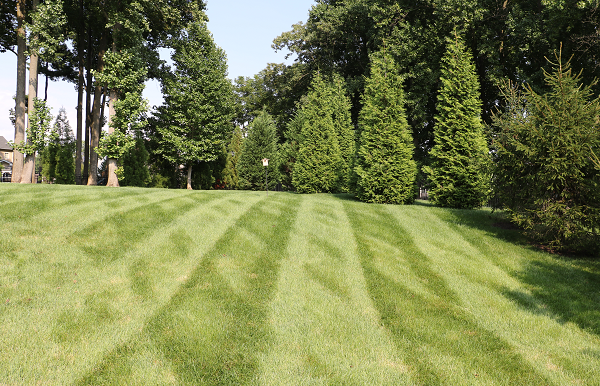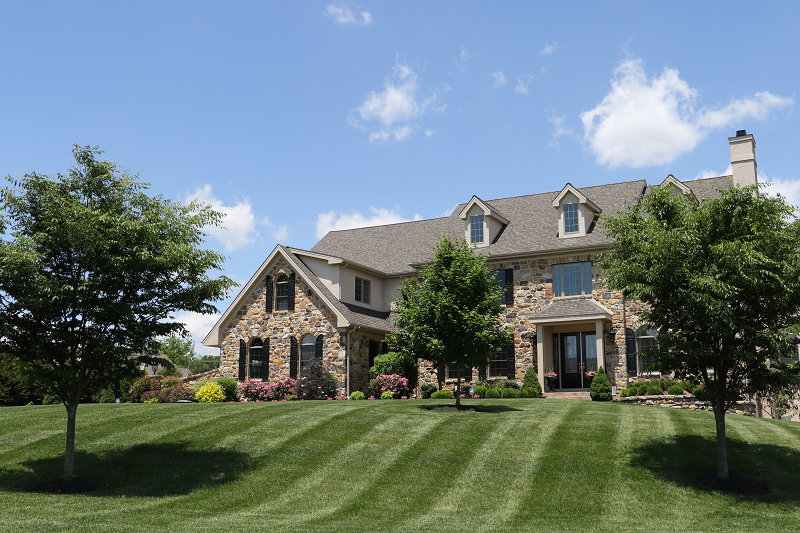Fall Grass Planting Tips
While every homeowner wants their lawn to be lush and vibrant at all times, some issues like drought, disease, and pests can lead homeowners to need new grass planted on their properties. With fall just around the corner, the time to plant fresh grass is now. We will share some advice on fall grass planting, such as why fall is an excellent time to plant grass, which grass types you should plant, and more.
Why You Should Plant Grass in Fall
Many homeowners struggle with figuring out the best time to plant grass seed for their lawns. Generally, planting grass or sod in early to mid-fall is ideal. The cool temperatures and relatively frequent rainfall will provide enough water for your grass to prevent damage by excessive heat or dryness. In addition, by planting in the fall, you will ensure that the roots have enough time to develop before winter.
Best Types of Grass for Fall
If you need or want to revitalize your lawn with new grass during the fall, you will need a cool-season grass species, like the following:
- Kentucky Bluegrass: Kentucky bluegrass is a fine-textured, dark-green grass that withstands cold winters and hot summers and spreads fast, making this species a great choice to fill in bare spots.
- Perennial Ryegrass: Perennial ryegrass germinates and establishes quickly. This species has a dark green color, medium-fine texture and is suitable for erosion control.
- Fescues: Fescues are a popular grass choice (mainly mixed with other grasses) due to their ability to thrive in the shade, tolerate heat and drought, and grow quickly.

Fall Grass Planting Tips
Now that you know why you should plant new grass during fall and which grass types you can plant, here are a couple of tips on how you should go about planting and seeding your lawn.
Repair Bare Spots
One of the best things you can do for fall grass planting is cover up any bare spots on your lawn. Over the summer, your yard has likely dealt with kids playing, parties, and other outdoor activity. Heavy foot traffic and dry, hot weather can leave bare spots in your lawn, or areas that have exposed dirt without grass.
Take note of all the bare spots of your lawn, and use the fall (which has better growing conditions than summer) to cover these bare spots with grass before winter. These newly seeded patches need deep and thorough (and likely daily) watering. Try to prevent anyone or anything from stepping on the freshly planted seedlings until the grass is at least 3 inches high.

Overseed a Thin Lawn
Another good reason to plant grass in the fall is to correct a thinning lawn. In addition to bare spots without grass coverage, you may also see areas of your property where the grass is thin. Overseeding, which is planting grass seed directly into existing turf without tearing up the turf or the soil, can make your lawn thicker and enhance color before winter.
Ensure your lawn is regularly watered until the seeds are established and the grass has grown at least 3 inches. An irrigation system will help ensure the amount of water your property receives is consistent to facilitate proper and healthy growth.
What to Do Once Your Grass Is Grown
Here are a few tips for what happens after your new grass has been seeded.
- If your cool-season grass has yet to sprout after roughly two weeks, your lawn might need reseeding.
- Make sure your lawn is fertilized in early fall and again 6 to 8 weeks later.
- Once your grass is tall enough to mow, focus on watering deeply and less frequently than when the grass was still germinating.
Contact Burkholder Landscape for Overseeding & Turf Care Services
Do you want to revitalize your lawn with fall grass planting? If so, contact Burkholder Landscape. Our team of passionate, certified landscape professionals has years of experience in turf care. In addition, we offer many services that will benefit your lawn, from plant health care to irrigation and more. For more information on our services, request a free consultation today.

